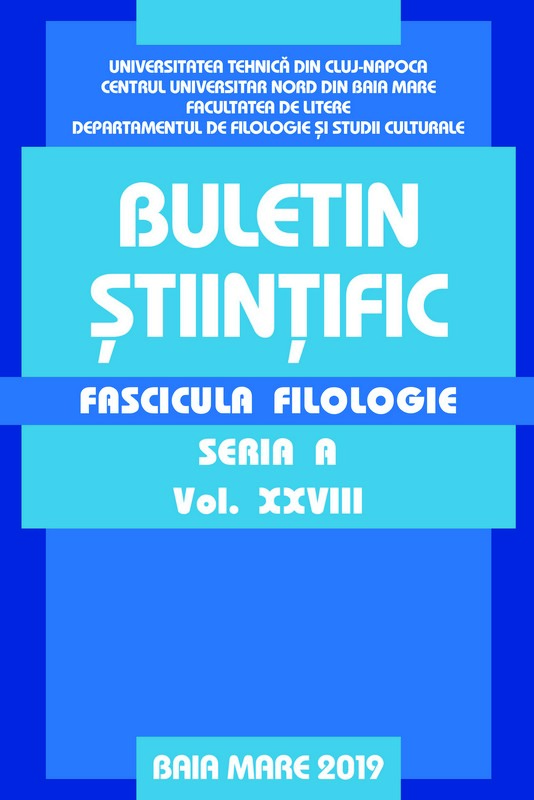Palatalization of Consonants in Standard Lithuanian from the Viewpoint of Acoustic Phonetics
Palatalization of Consonants in Standard Lithuanian from the Viewpoint of Acoustic Phonetics
Author(s): Jolita UrbanavičienėSubject(s): Baltic Languages
Published by: Editura U. T. Press
Keywords: Standard Lithuanian; acoustic phonetics; obstruents; secondary palatalization;
Summary/Abstract: According to palatalization, Standard Lithuanian has a non-palatalized consonant, a palatalized consonant (to denote the secondary palatalization) and one palatal consonant /j/ (to denote the primary palatalization). The ‘primary palatalization’ means that the movement of the body of the tongue against the hard palate is the only way of articulating the consonant; the secondary palatalization means that the movement of the tongue is a variant of articulation for the consonant ([i]-like articulation). The article does not include a separate analysis of palatalization resulting from assimilation (before the front vowels) and palatalization as a manifestation of the phoneme /j/ (before the back vowels). It is assumed that it should be an object of diachronic rather than synchronic research. Palatalized and non-palatalized consonants of Standard Lithuanian were analysed in prevocalic positions in isolated symmetric CVC sequences using experimental research methods. According to research, palatalization of Lithuanian obstruents is recognized by the following acoustic features: 1) frequency of the spectral peak: frequencies of the palatalized fricatives (particularly labiodental and palatovelar fricatives) and affricates are higher; 2) relative intensity: palatalized fricatives and affricates have higher relative intensity; 3) indices of locus equations: palatalized consonants have lower slopes and higher y-intercepts than their non-palatalized equivalents. The acoustic features of Lithuanian consonants are compared with the corresponding features of Latvian consonants.
Journal: Buletin Stiintific, seria A, Fascicula Filologie
- Issue Year: XXVIII/2019
- Issue No: 1
- Page Range: 103-118
- Page Count: 16
- Language: English

